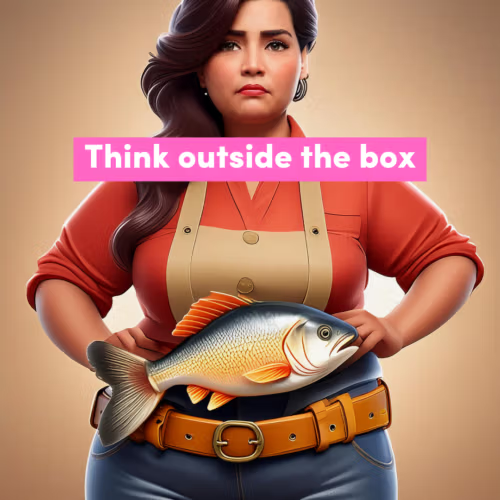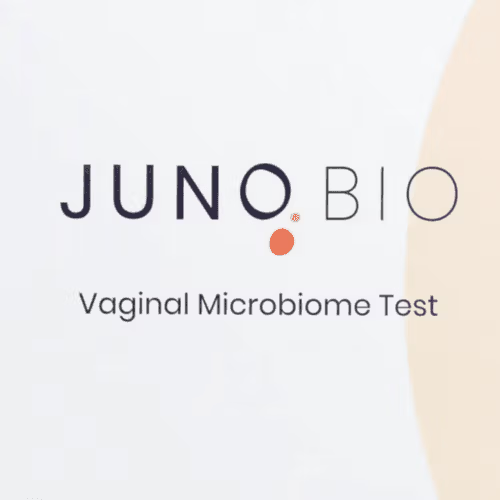Hymen injuries in children can occur due to slips, falls, accidents and straddle activities like bicycle riding, but also from sexual abuse.
Slips involving toys or kids’ vehicles (bicycles, rocking horses, toy cars, anything sat on or ‘ridden’) can easily injure the vagina and hymen, sometimes quite dramatically.1,2 These types of accidental injuries are much more common causes of hymen injuries in children than sexual abuse.3
Sexual abuse, while extremely concerning, should be considered only when the child or witnesses describe it.
Understanding the hymen
The hymen is a thin membrane surrounding or covering the opening of the vagina. The hymen can be thin or thick and partially or completely cover the vaginal opening.
The hymen can be damaged or opened apart, in some cases, fairly easily, depending on the individual hymen. This ‘breaking’ of the hymen naturally happens over a girl’s prepubertal years. It is an important step to allow menstrual blood to exit the vagina at puberty, allow the use of tampons, and, when the time comes, sexual exploration.
The hymen is associated with ‘losing your virginity‘, and has a reputation for causing pain and bleeding when it is ‘broken’ with first sexual experience, but the hymen is so highly variable in each person, there is no rule.4
Thus, damage to the hymen itself may not be very serious in terms of long-term outcomes, but it can be very painful, especially if the hymen is thick or if surrounding tissue has been bruised or damaged.
There’s not much of a buffer in the crotch area when it comes to straddle injuries, with the only give being soft tissue like the vulva and hymen.
What a ‘broken’ hymen means
Beneficially for the child (but problematic for use as partial evidence of sexual abuse), injuries of the hymen heal rapidly.
The hymen can easily be broken, which isn’t necessarily a bad thing unless you are from certain religious sects where an intact hymen is considered important evidence of a young woman or girl being a ‘virgin’.5
The loss of an intact hymen may predispose a girl to more frequent vulvovaginal infections. The vagina is more open to the outside world without the protective membrane, and the protective lactobacilli-rich vaginal microbiome won’t appear until oestrogen increases at puberty.
The hymen doesn’t always protect against infection or foreign objects but provides a gentle physical protective shield. Depending on the nature of the injury, the groin area may take a little longer to heal.
How long does a hymenal injury take to heal?
In a study, 3 of 239 girls with hymenal trauma were assessed, with about two or three days seeing broken capillaries (petechiae) disappearing and blood blisters healing within a month.6
Severe hymen injuries also seem to heal without any scarring or marks. If the hymen breaks, it just stays broken – no harm done, and no need for it to grow back. Scarring from hymenal damage from sexual abuse was actually uncommon.
Very few girls who experienced sexual abuse had any scarring at all, which, if it did exist, was generally located on the posterior fourchette. The posterior fourchette is located at the bottom of the vaginal opening, which can be easily torn even during the most vanilla of sex in adult women.
What to do if your child has a hymen injury
It is important to have hymen injuries examined by a physician as soon as possible to ensure the wound is properly cared for and not deeper than expected. Visit your local emergency room or clinic, and aim to be seen by a paediatrician or other child specialist.
What the hymen injury was caused by sexual abuse?
In the case of injury caused by sexual abuse, blood or semen samples will need to be obtained within 24 hours. After a day, blood and semen samples can be hard to recover, particularly after bathing.
If there is a lot of blood, it can wash away other evidence. If the origin of the hymenal injury isn’t clear (e.g. an accident), samples may be taken to test for sexually transmitted infections.
Keep in mind that any genital injuries to children are going to be subject to intense scrutiny by medical professionals, and sexual abuse must be ruled out as a matter of protocol.
This scrutiny can be frightening for parents who don’t want to put their child through endless questioning, be suspected of abuse that may or may not have occurred, or not be believed because children can be tricky to communicate with.
Difficulty extracting information may be more pronounced in children who can’t yet explain themselves and are not articulate enough to explain what happened. Be prepared for this, plus the extra swabs and so on, and know that this is a standard procedure designed to protect your child.
Who should do a hymen examination on a child?
When finding a physician to examine a child’s vagina, find someone who is trained in paediatrics. You don’t want just any old doctor doing this, as if the child has experienced trauma, they will need to be cared for delicately and professionally.7
If you are struggling to find somewhere, ask around at your local hospital for a child advocacy centre or a forensic nurse.
Psychological care for children with hymen injuries
If the child is distressed, they will need to be calmed and treated with kindness and respect. Follow-up care should be obtained, both psychologically and physically – damage to any body part can be scary, and anxiety may need to be soothed.
If a child has been sexually abused, parents or caregivers also need psychological care. It is a very traumatising time for a parent to learn their child has been abused, and they weren’t there to protect them, or they trusted the perpetrator.
Ways to help a hymen heal
The purpose of healing hymenal tissue is not to regrow the hymen (which can occur naturally) but to treat the broken tissue as a wound. This means preventing infection and alleviating pain, itching and soreness.8
Aunt Vadge’s Delicate Cuts Cream is a soothing, healing cream that can fast-track skin repair with antibacterial action that won’t compromise healthy flora. All-natural ingredients make this cream gentle, soothing and non-toxic.
Tips on wound care and pain management in hymen injuries
- Keep the area clean and dry – moisture breeds microbes and can contribute to infections
- Follow any advice given to you by your child’s doctor regarding antimicrobial creams, liquids or antibiotics
- Avoid any irritating clothing – nothing tight or scratchy
- Apply a small amount of Aunt Vadge’s Delicate Cuts Cream, pawpaw ointment or vegetable oil to keep the outer vulvar tissue lubricated to avoid catching on underwear
- Keep your eye on the vulvar area to check for heat or redness that may indicate infection
- Check on your child’s pain levels and indicators, depending on their age – these include them trying to touch the area, signs of distress, or if the child is old enough, complaining of pain
- Use cold compresses, like a wet flannel, to soothe inflammation
- Avoid unnecessary use of medications where possible, and check with your doctor as to what is appropriate for pain if it gets too much
The hymen has blood vessels and nerves, so any tear in the hymen can be initially painful, but the pain should subside quickly. The sensation is likely to be soreness, but it should clear up as any cut would, quickly over a matter of days.
References
- 1.Bond G, Dowd M, Landsman I, Rimsza M. Unintentional perineal injury in prepubescent girls: a multicenter, prospective report of 56 girls. Pediatrics. 1995;95(5):628-631. https://www.ncbi.nlm.nih.gov/pubmed/7724296
- 2.Lopez HN, Focseneanu MA, Merritt DF. Genital injuries acute evaluation and management. Best Practice & Research Clinical Obstetrics & Gynaecology. Published online April 2018:28-39. doi:10.1016/j.bpobgyn.2017.09.009
- 3.Mishori R, Ferdowsian H, Naimer K, Volpellier M, McHale T. The little tissue that couldn’t – dispelling myths about the Hymen’s role in determining sexual history and assault. Reprod Health. Published online June 3, 2019. doi:10.1186/s12978-019-0731-8
- 4.Moussaoui D, Abdulcadir J, Yaron M. Hymen and virginity: What every paediatrician should know. J Paediatrics Child Health. Published online January 8, 2022:382-387. doi:10.1111/jpc.15887
- 5.Mancuso AC, Ryan GL. Normal Vulvovaginal Health in Adolescents. Journal of Pediatric and Adolescent Gynecology. Published online June 2015:132-135. doi:10.1016/j.jpag.2014.05.004
- 6.McCann J, Miyamoto S, Boyle C, Rogers K. Healing of Nonhymenal Genital Injuries in Prepubertal and Adolescent Girls: A Descriptive Study. Pediatrics. Published online November 1, 2007:1000-1011. doi:10.1542/peds.2006-0230
- 7.Herrmann B, Banaschak S, Csorba R, Navratil F, Dettmeyer R. Physical Examination in Child Sexual Abuse. Deutsches Ärzteblatt international. Published online October 10, 2014. doi:10.3238/arztebl.2014.0692
- 8.McCann J, Miyamoto S, Boyle C, Rogers K. Healing of hymenal injuries in prepubertal and adolescent girls: a descriptive study. Pediatrics. 2007;119(5):e1094-106. doi:10.1542/peds.2006-0964
The most comprehensive vaginal microbiome test you can take at home, brought to you by world-leading vaginal microbiome scientists at Juno Bio.
Unique, comprehensive BV, AV and 'mystery bad vag' treatment guide, one-of-a-kind system, with effective, innovative treatments.
Promote and support a protective vaginal microbiome with tailored probiotic species.






